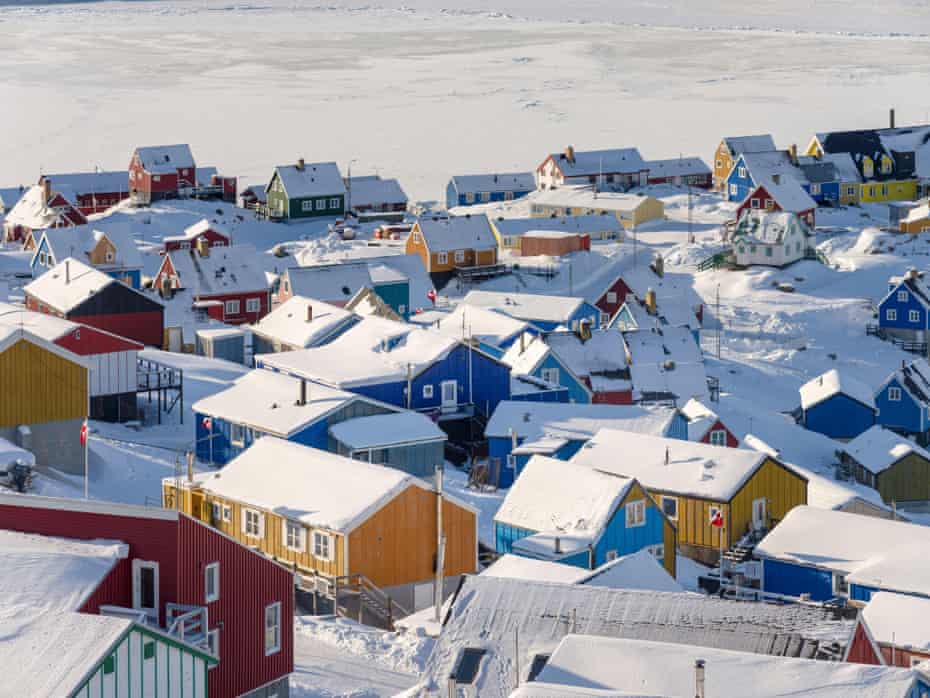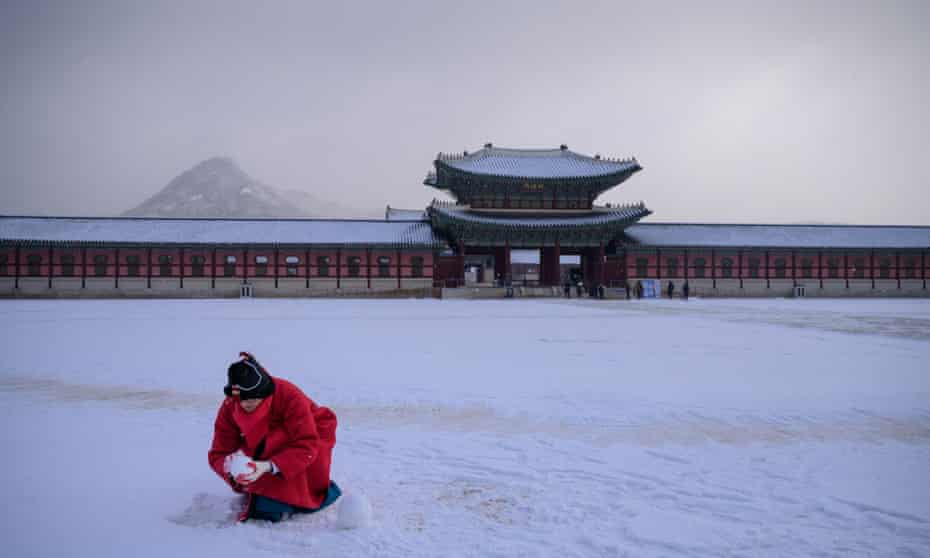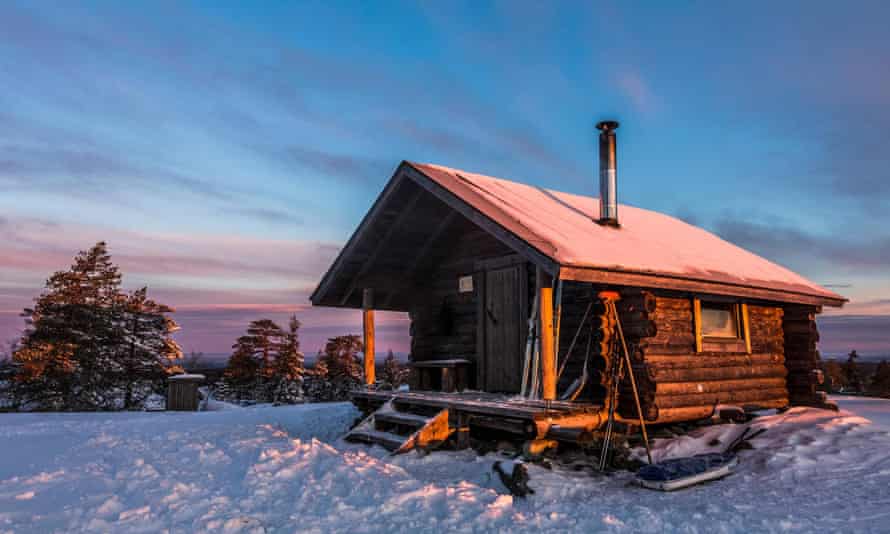A few years ago I spent a winter on Upernavik, a rocky island of 1,000 inhabitants off the north-west coast of Greenland. I’d been invited to Baffin Bay as part of a programme for international writers and artists to create new work about climate at one of the most northerly museums in the world.
The museum director emailed a warning in advance: the winter was better for introspection than exploration. Sure enough, I found I couldn’t leave the island, nor – with waist-high snowdrifts and continuous darkness – could I walk far around it. My daily excursions were limited to the path I dug from my cabin to the grocery store, or to the museum, where there was always coffee and a warm welcome.
I roamed the museum looking at traditional artefacts created for survival in this harsh environment: sleds to speed across the snow, bone knives for building igloos, and sealskin clothing. I was in awe of the fortitude and imagination with which earlier island inhabitants had embraced the challenges of the cold. Then I ransacked the museum’s library.

I turned to maps for a bird’s-eye view of the vast ice sheet, pitted with blue melt pools, since the weather was too stormy for the propeller plane to take me there. Instead of kayaking the archipelago as I would have done in summer, I read accounts by earlier explorers, and let my imagination drift all the way from Cape Farewell in the south, up the west coast where glaciers calve into the fjords, to the north pole. I covered more ground in a few months on these paper journeys than I could have done in real life.
Books have always been as essential to polar explorations as the maps that guided travellers. Expedition vessels were equipped with libraries to stave off boredom – and the danger of mutiny – among sailors. Many crew members learned to read on these voyages. I was moved by the story of Robert Bartlett, captain of the Karluk, flagship of the Canadian Arctic Expedition. He found consolation in an illustrated encyclopedia of roses while trapped in pack ice in the Arctic Ocean in 1913. (The book would be lost, with all the other volumes on board, when the ship sank, crushed by the ice.)

My polar lockdown came to an end with the spring, but I’ve often tried to recreate the intense working atmosphere I experienced on the island. I conducted research in other Arctic museums, surrounded by archives reminiscent of the multilayered histories held in glacial ice. This training in solitude and stillness turns out to be useful now, as I stay home and explore the world by reading about it. Even in a pandemic, it is still possible to voyage the world through books.
The languages I heard spoken around me had so often been my way into understanding new places. Missing the wild regions that have been my working environment for a decade, I decided to take a voyage through world languages following just one linguistic unit: the word for snow.
The snow crystals that fell last week in my Oxford garden are part of an endless cycle: the water molecules in each snowflake travel freely through changing states. They may have lain on the glaciers of the Rwenzori peaks in east Africa, and may melt and evaporate and later freeze again and fall as snow on the apple orchards of Kashmir.

I discovered linguistic connections between distant continents, too: a light snow in spring is sparrow batch in Newfoundland English and cīruļputenis or blizzard of skylarks in Latvian, both references to the months when migratory birds return. In Patagonia, homesick 19th-century Welsh emigrants found significantly more eira (snow) in the Andes than in Snowdonia.
Sometimes, words for snow provided clues to culture more generally: in the high mountain rainforests of Papua New Guinea, rare orchids are more common than snow, which is described elliptically in the Tok Pisin dialect as ais i pundaun olsem kapok (the ice it falls down like cotton). The word for snow in Korean, nun, is the same as the word for eye; if you experience the first snowfall of the year – cheotnun or 첫눈 – with someone you have eyes for, it is said that true love will drift into your arms.
Some words were already familiar, such as sastrugi, a Russian term now used internationally for the sharp ridges that wind sculpts as it blows across a snowy plateau. Even with an empty horizon ahead, polar explorers could practise the art of pathfinding by reading wind and compass direction from these lines carved in the ice.

Snow is used for prediction in other ways, too. I recall a New Year celebration with Finnish friends at their forest cabin. I was as intoxicated by the landscape as JRR Tolkien had been by the Finnish language; he described discovering it as like “a wine-cellar filled with bottles of amazing wine of a kind and flavour never tasted before”.
The trees encircling us were white with tykky, a crisp coat of ice crystals on their bark. The thick snow formed enigmatic clumps on the branches, the slender crowns slumped downward and in the long twilight the trees appeared almost animate. After a sauna and dinner, we played a traditional game to predict the future: drops of molten tin are tossed into the snow, and as they suddenly cool they take on a new form. We rescued our tin relics, and scrutinised them like tea leaves, to spell the year ahead. A wave shape means that changes are on the way; an anchor means stability. I kept the tin memento as a sign of faith in the future, long after the snow had melted away.
Nancy Campbell is the author of The Library of Ice (Simon & Schuster £9.99). Her latest book is Fifty Words for Snow (Elliott and Thompson, £12.99). To buy a copy online for £11.30 go to The Guardian Bookshop





